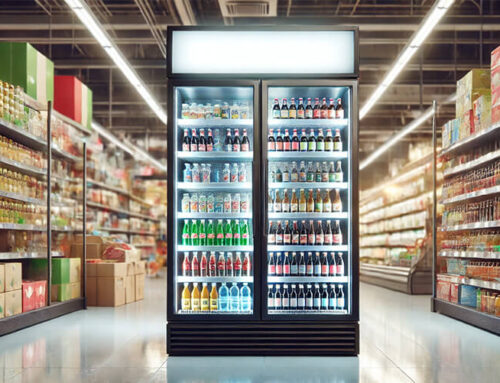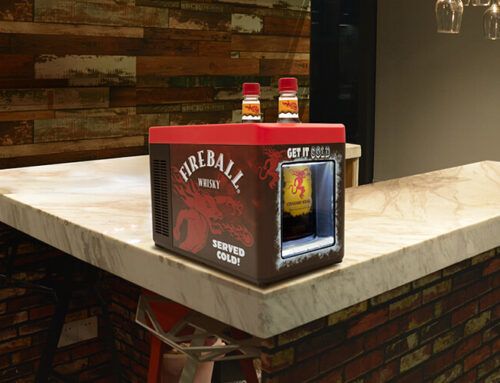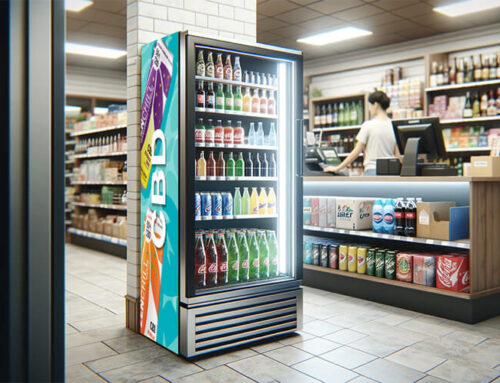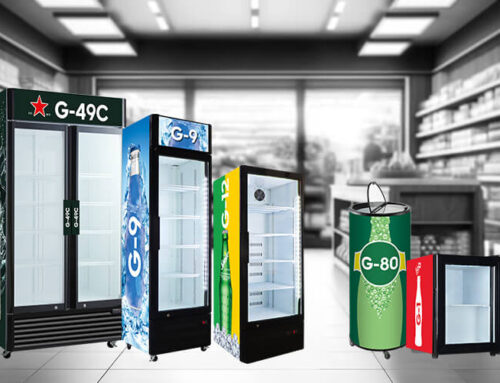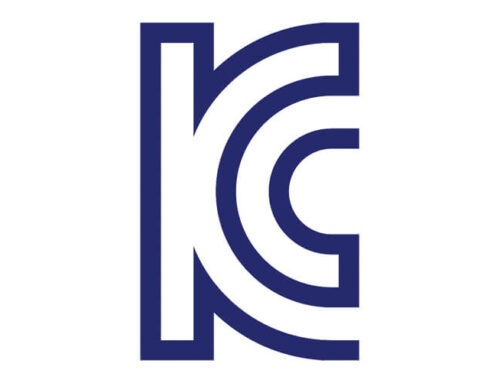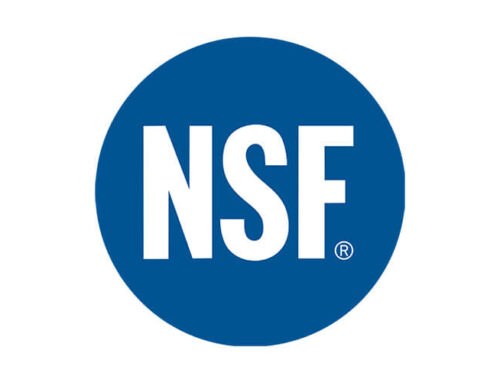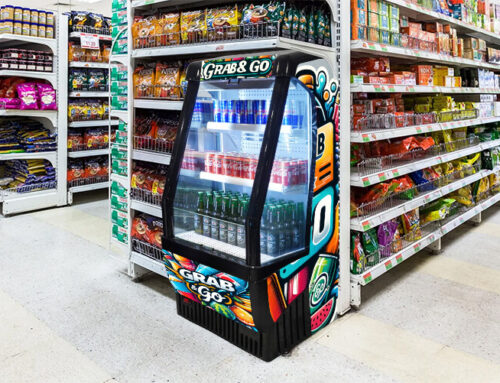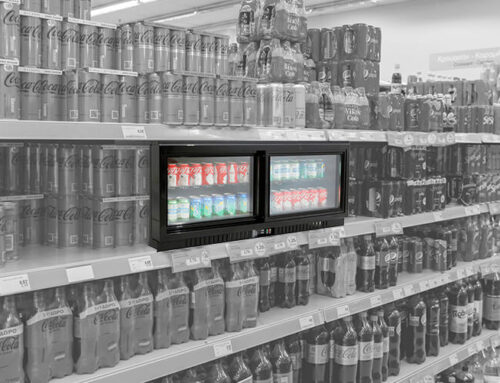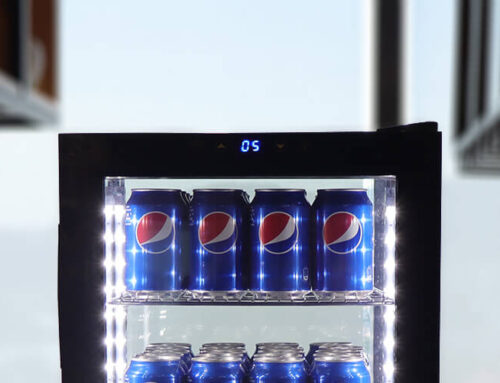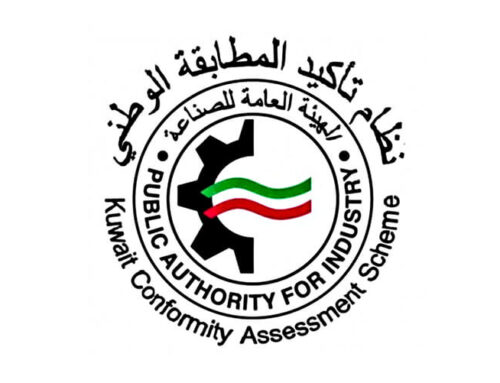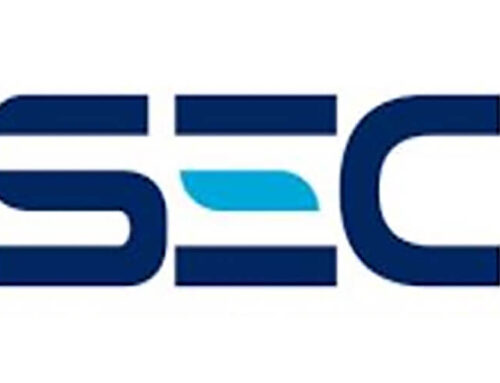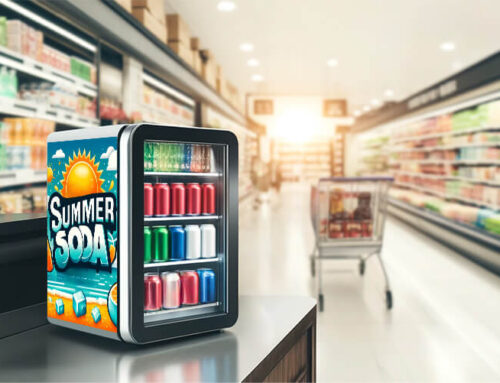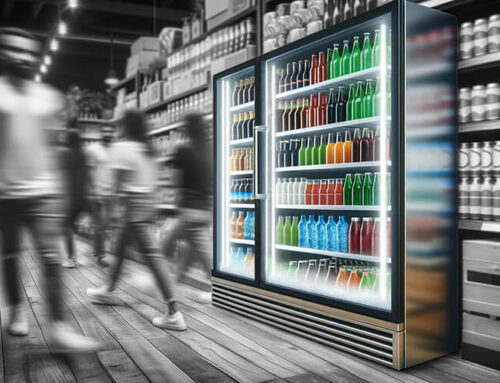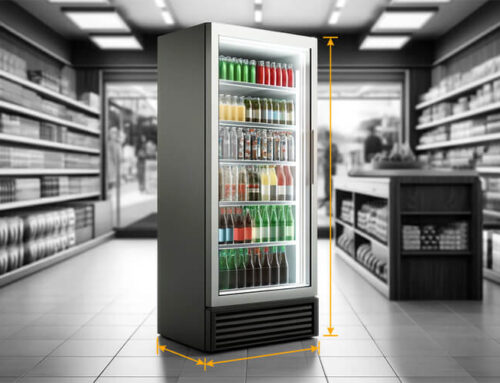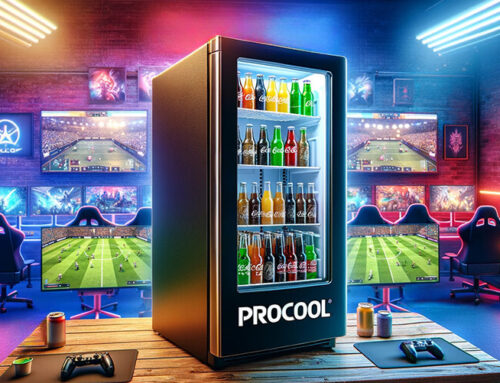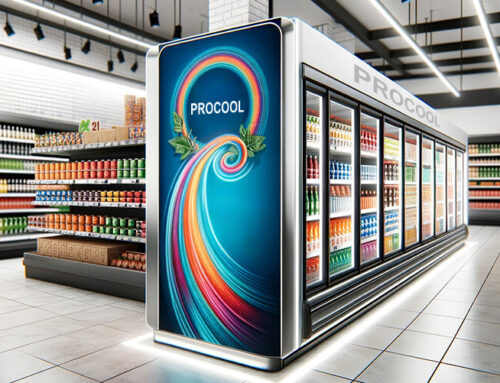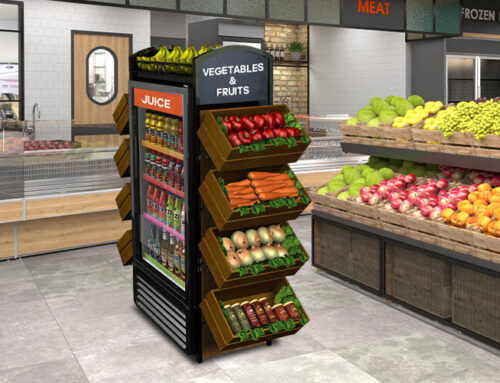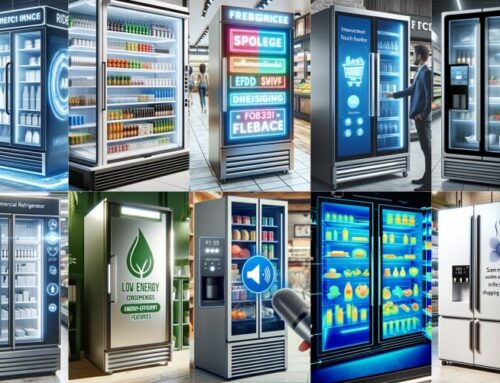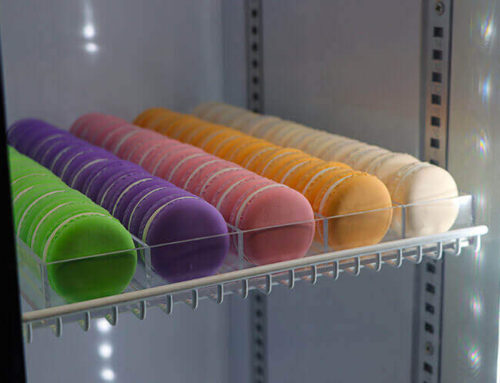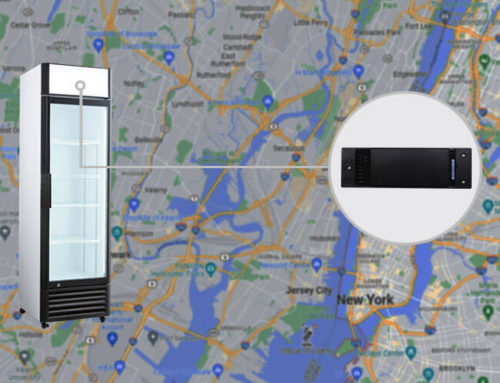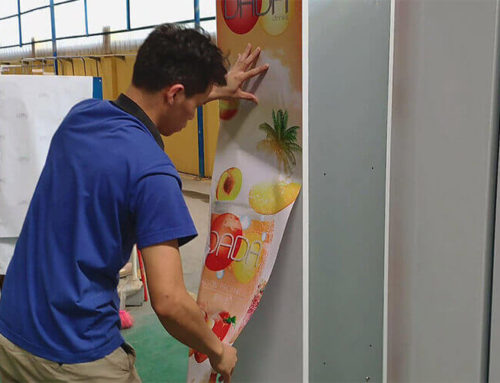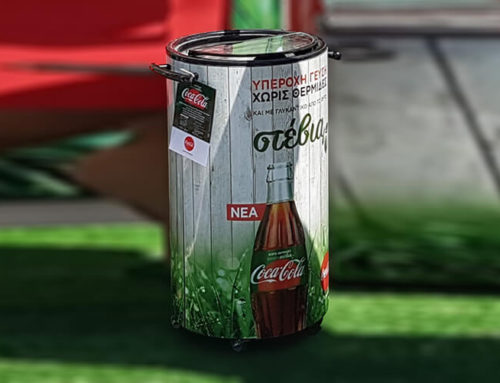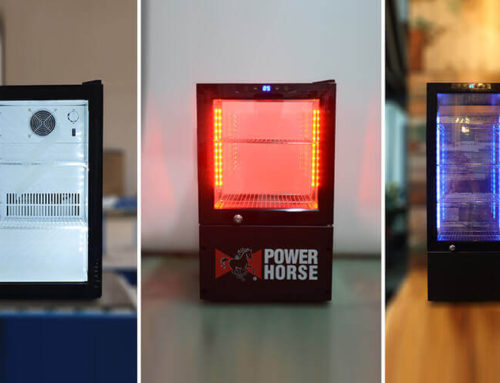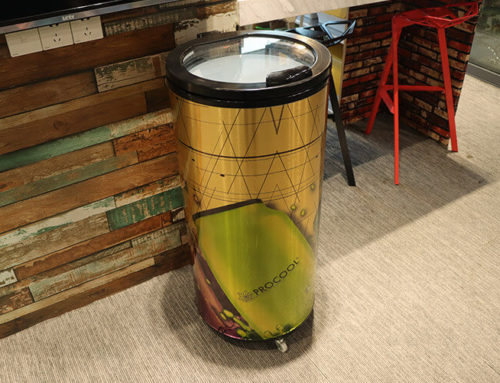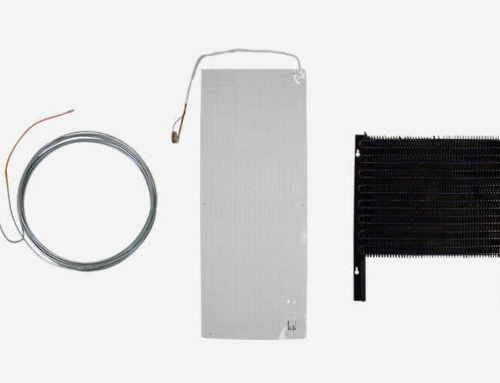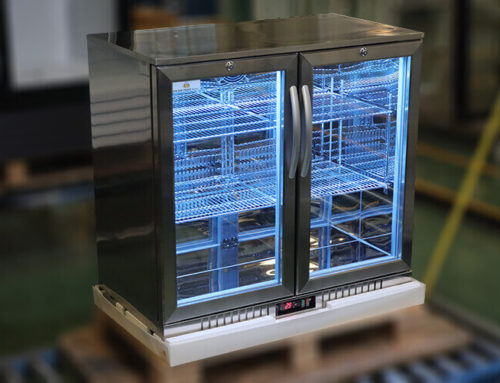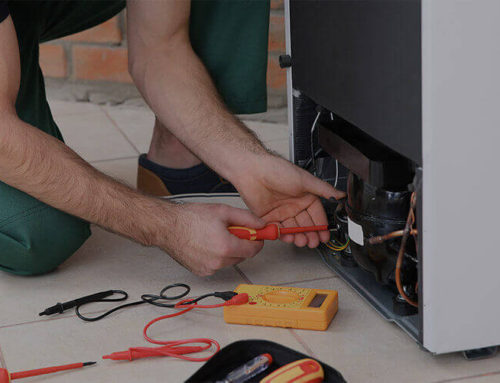Application of R290 Continues to Expand in the US
In the face of the global climate change challenge, the international call for hydrocarbon refrigerants is getting louder and louder. Especially the Kigali amendment to the Montreal Protocol has enabled the rapid development of hydrocarbon refrigerants.
In order to prevent the global warming, countries all over the world are devoting themselves to cutting down the greenhouse gas (GWP) gas. The Kigali amendment to the Montreal Protocol reached in October last year sets out a timetable for reducing greenhouse gas HFCs in various countries in the world. Developed countries should cut their consumption and production of HFCs from 2019 and reduce the use of HFCs to less than 15% of their baseline value after 2036. Developing countries, however, should freeze the consumption and production of HFCs after 2024, start to cut it after 2029 and reduce the use of HFCs to less than 20% of their baseline value after 2045.
In the United States, hydrocarbon refrigerants have begun to be widely adopted. Whole Foods, Santa Clara, CA, uses the R290 / CO2 commercial system, which uses R290 refrigerant to condense carbon dioxide for cooling. The use of hydrocarbon refrigerants enables the system to eliminate direct emissions of all greenhouse gases and avoid emissions of more than 7,000 tons of carbon dioxide equivalent.
In 2013, the US supermarket chain H-E-B opened a large food supermarket in Austin, Texas. The supermarket uses the R290 cooling system designed by Hussmann, which has a design life of 15-20 years and will be able to reduce 1,556 metric tonnes of equivalent CO2 emissions due to the R290 refrigerant. The system’s first-year project operation documents show that the system’s energy efficiency is up to 79% more than a system using traditional refrigerants.
Target, a large supermarket with more than 1,800 stores in the United States, announced that R290 will be used as a refrigerant in all new standalone Freezers. Starting from January 2016 Target will not use HFC for those freezers with a power of less than 2,200 BTU / hour and will use R290 as the refrigerant for its standalone freezers in the newly opened stores for the next 6-8 months.
Over the past two years, True Refrigeration, the American manufacturer of Commercial Refrigerators, has converted about 80% of its food service and retail food refrigerators from HFCs to R290 refrigerant. The average energy efficiency of R290 products is 15% to 25% higher than previous products using HFC refrigerants.
Mark W. Roberts, a senior lawyer with the Environmental Protection Agency (EPA) and an international policy consultant for the Independent Environmental Protection Agency, said the fact that R290 is flammable and widely used as fuel has raised concerns about the safety of this substance as a refrigerant. However, a 2013 study published in the International Journal of Refrigeration showed that R290 ice cream freezers had less than 0.001% chance of ignition. Another study shows that there is no change in safety, reliability, and performance compared to conventional equipment with ice cream freezers using R290 refrigerant. Consumers worldwide already use more than 1.5 billion refrigerators and freezers with hydrocarbon refrigerants. Hydrocarbon refrigerants have been used in Europe for more than 20 years, but the risks of explosions have not increased.
In fact, the United States is also gradually loosening the relevant policies and regulations, allowing the use of hydrocarbon refrigerant R290 more widely. Under the regulation 19 of the Significant New Alternatives Policy (SNAP), America allows the R290 to be used in household refrigerators, freezers, vending machines and room air conditioner products. The U.S. Environmental Protection Agency also allows the R290 to be used in commercial ice makers, chillers, and cryogenic systems. Underwriters Laboratories (UL) is also considering increasing the charge limit of hydrocarbon refrigerants in domestic refrigeration equipment and freestanding air conditioners.
Not only in the United States, hydrocarbon refrigerants are also the global trend. Roberts believes that HC refrigerants will rapidly develop in China over the next 15 years, especially in the room air conditioner industry and light commercial refrigeration. It is estimated that the proportion of hydrocarbon refrigerants in China’s room air conditioner industry is expected to reach 10% by 2020, up to 50% by 2030.
To meet with the updated DOE energy regulations which only allows efficient hydrocarbon refrigerants like R600a or R290, Procool Refrigeration is leading the way here (since 2015) and already upgrade all our Beverage Coolers and Freezers with R600a or R290. However, if you need, we could still have the old production for you, which is based on R134a refrigerant. As Donald Trump comes to power and he says multiple times that he thinks Climate Change is a Chinese hoax, the pressure for other companies to switch away from HFCs and over to HFOs or Hydrocarbons may be less. But you have to look at it from a future perspective and make sure you’re not left behind with the cutting-edge technology.

